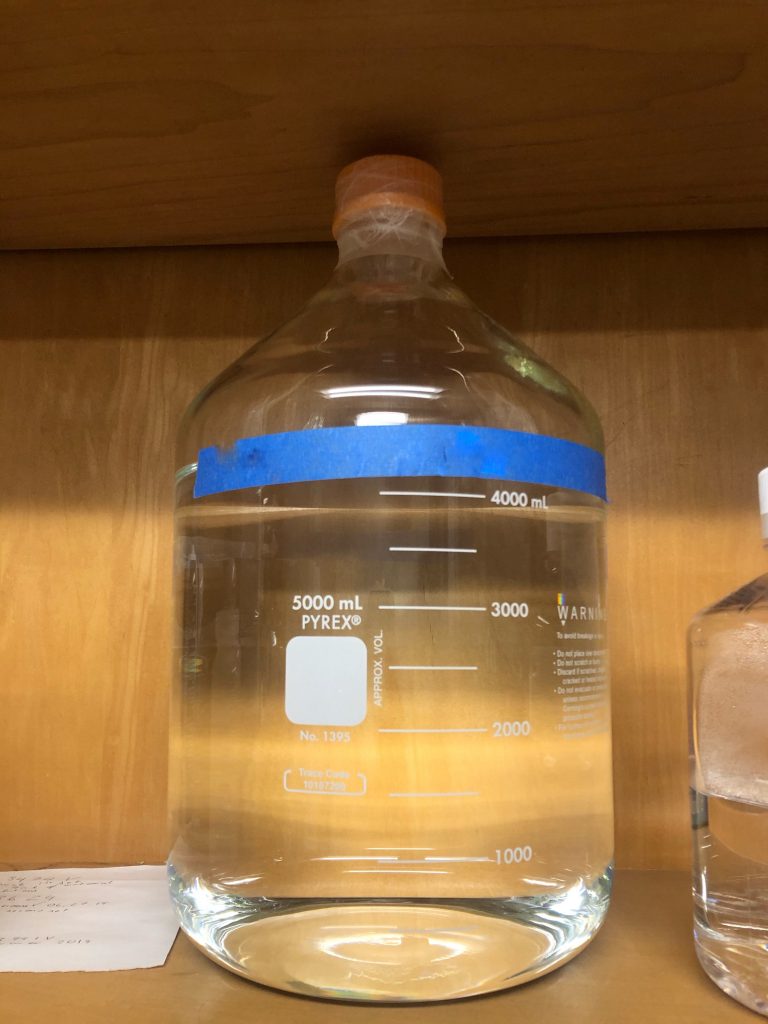Metabolic Chamber
Our lab features a metabolic chamber, equipped with a Lode ergometer (bicycle) to exercise and a TV and bed to rest and sleep. Using a Sable System Promethion GA-3 gas analyzer with 2 blades, we measure continuously oxygen consumption and carbon-dioxide production of human subjects. With this setting we can obtain different types of metabolic rates, including energy expenditure during exercise, at rest and sleeping metabolic rate.

Quark RMR
Our Cosmed Quark RMR is a portable analyzer used to measure oxygen consumption (VO2) and carbon-dioxide (VCO2) production for a person at rest. It features an inbuilt paramagnetic O2 gas sensor and an infrared CO2 gas sensor. Additionally when using a flow-dilution canopy hood it allows accurate measurement of resting energy expenditure (REE) and respiratory ratio (R) in a non-invasive way.
K5 – Wearable metabolic technology
The Cosmed K5 is the most innovative, wearable metabolic system which measures energy expenditure, perfect for studying exercise physiology in the field and laboratory.
Doubly Labeled Water
Using the doubly labeled water (DLW) method, we are able to investigate free living energy expenditure (calories per day) in humans and animals. This process is non-invasive and requires a single dose of water, enriched with naturally occurring stable isotopes of oxygen (18O) and hydrogen (2H). We can measure the enrichment with these isotopes in urine and blood samples. For the calculation of energy expenditure, we collect a baseline urine or blood sample before dosing a subject with DLW and an additional 2-5 samples within 7-10 days after the DLW dose was ingested or injected (in some non-human species). Isotope enrichment of the samples is analyzed via a Liquid Water Isotope Analyzer. Using the DLW method, we have studied daily energy expenditure of humans, non-human primates, and other mammals including dolphins and dogs.
Liquid Water Isotope Analyzer
We use the Los Gatos Research (LGR) Liquid Water Isotope Analyzer combined with an auto-injector to measure isotope concentration of δ18O (Oxygen) and δ2H (Hydrogen) in urine and blood samples. This data is then used to calculate daily energy expenditure.

